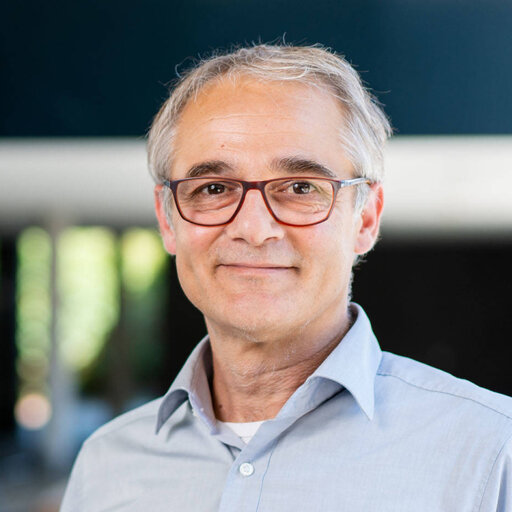Biennial History of Astronomy Workshop - ND XVI June 11-14, 2025
OverviewThe Sixteenth Biennial History of Astronomy Workshop will be held June 11-14, 2025, at the University of Notre Dame, Indiana, and will include a one-day trip to the Adler Planetarium in Chicago |
Call for ProposalsThe call for session and individual paper proposals has opened with proposals due by 15 February 2025 (now extended from 1 February 2025). |
Workshop DetailsDetails about this year's workshop are available through the below links: |
|
Workshop Theme:Visual practices in the production and transmission of astronomical knowledgeVisual practices are deeply intertwined with the production and transmission of astronomical knowledge. Visual features of texts and other materials take multiple forms, such as systems of numerical notation, hand-drawn geometric figures and illustrations, printed tables and charts of data, schematics of tools and instruments, high-resolution photographs and video, dynamic computer simulations, and even augmented-reality. Such material is often associated with the transmission of knowledge, but just as important was the epistemic role of visual reasoning and representations as historical actors collected information, raised questions, and developed theories to understand and explain astronomical phenomena. How were texts, images, and tables co-produced, and how did they interact to produce and transmit knowledge? What aspects of the visual layout and structure of a document were contingent upon the medium in which it was produced, or derived from the techniques and tools used to create it? What aims or functions were assigned to diagrams and other images, and what mental and material mechanisms allowed them to fulfill these purposes? How did certain visual practices or representations transform over time, and what was their relationship with changing practices of observation, experimentation, teaching, or computing? Attention to these and other visual practices provides a means for historians to gain insights into the development and dissemination of astronomy and related disciplines, and we welcome papers exploring similar topics within and across different time periods, geographic regions, and cultural contexts. |
|
Invited Speaker
|
|
Adler-Mansfield PrizeThe Adler Planetarium will bestow the Adler-Mansfield Prize on the author of an outstanding presentation given during the 2025 History of Astronomy Workshop. The award includes a modest stipend and travel expenses to the Adler Planetarium if the awardee wishes to carry out onsite research in the Adler’s collections. Prize awarded to Christopher DeCou, University of Michigan, for his talk: Training Astronomers, Teaching the Public: Making and Circulating Sundial Templates in Late Imperial China (abstract). |
|
|
Acknowledgments: Generous support for the workshop is provided by the Graduate Program in the History and Philosophy of Science, the John J. Reilly Center for Science, Technology, and Values, the Institute for Scholarship in the Liberal Arts (ISLA), the College of Science, the Department of Physics and Astronomy, the Program of Liberal Studies, and the Medieval Institute of the University of Notre Dame, and the Adler Planetarium. |
|

 Our invited speaker is
Our invited speaker is